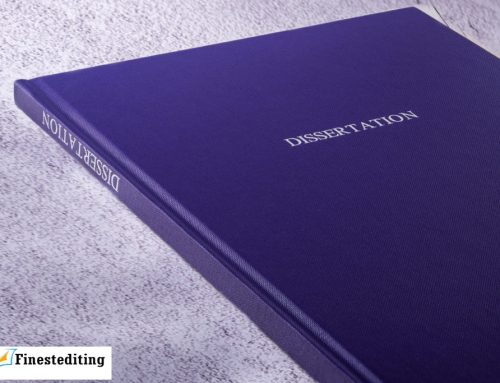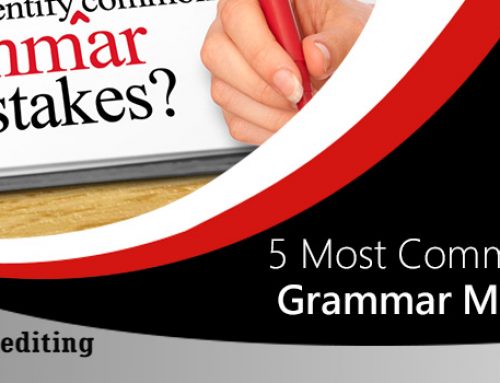A successful writer is someone who is able to grab the complete attention of their readers. It is very often seen that people do not complete the books that they were reading, or they shift from one blog to another without reading them fully. There can be many reasons for this. Maybe the reader has a short attention span, maybe they don’t have enough time or maybe they just are not interested in reading. You can’t do much about these problems but what you can do is to improve your content so the ones reading it maintain their interest and keep reading it. A writer must know what the target audience likes and dislikes. They must be aware about what their readers will find interesting and what will bore them enough to shift to another book. Readers easily lose their interest in your content and disengage themselves from it. Why is that the case? What makes them loose their interest in your content? What can you as a writer do to keep your audience engaged in your content enough for them to read it from start to finish? Do not worry. We have all the answers for you.
Buckle up and read this blog properly, our experts have studied this concept and have brought forth game changing tips.
1) The first and the most basic tip is ‘show, don’t tell’. Whenever you are writing anything it is very important for your reader to picture it in their mind. Use your writing to wake up the imagination of your readers. Your words should be able make sense to the readers so that they can paint a picture in their head and actually visualize it. Writing in a dry manner without any emotion and description will make your writing bland and difficult to digest. You must put emotion in whatever you write, spin your words in such a way that you touch the emotional aspects of the reader. When the reader is able to relate to the content they will be invested in it and read it. To do this you must use descriptive words that tingle the five senses. For example if you are describing a busy city scene then you can talk about what the character is able to smell, such as smoke coming from faulty cars or the rustic smell of the city air. You can even talk about what the writer is able to hear, such as the horns of cars, people talking amongst themselves and even hawkers yelling at the top of their lungs to gather customers. When you mention such details the reader is able picture himself in the centre of all the action. They get invested in the story and crave to read on.
2) On the other hand, we ask you to add detail, beautify your writing but we do not ask you to add unnecessary things. Your writing should be expressive but not overly expressive as it will side track the story line or the purpose of the writing. Redundant sentences and extra information will bore the reader and they will lose interest, resulting them in abandoning your content. You need to know what piece of information is necessary and what your content can do without. It is a common misconception that you must add fancy and superfluous vocabulary to impress your audience. What you need to do it get your point across in words that are readable and concise. Writing long paragraphs on something when it could’ve been said in one, shows that you need to be concise and direct in whatever you write.
3) Before starting your writing it is essential that you make a layout. Making a layout of your content will help you decide what you must include and what you should skip. Add all the points that come to your mind and organize them into paragraphs. Doing this will help you stay on track when you start writing. You will have your outline to refer to when you get stuck or stray away from the topic and start adding unnecessary details.
4) Use graphics in your content. A picture says a thousand words. It’s true, when you insert pictures in your content, the audience gets more interested and is more likely to read the entire script. If you are giving a presentation or talking about statistical facts: it is better to represent the data in a better manner. Writing all of it in a continuous paragraph will bore the reader to sleep. A better way would be to make bar charts or even pie charts to represent the data. It is more pleasing to the eye and the audience will be able to pick up on the information quickly.
5) Do a complete and comprehensive research on the topic you want to write. Your audience will not appreciate if your content lacks in information and is full of fluff. You cannot just write general statements to convey your points. You need well researched arguments to show to your audience otherwise they will question your script and skip reading all of it. Hit the library and read as much as you can to make your content compelling. Not only this: if you are making a claim make it certain that it is authentic and is not flawed. If people find out that you have miscommunicated something, then you will lose your audience engagement.
6) Hook your audience by your headings. Mostly people don’t actually read the entire document; they just skim through it and read the headings to know what is being talked about. Make sure that your headings are interesting and the reader is lured in by them making them read the body of the paragraph too. If your document is not divided into paragraphs with sub headings then you should add the paragraphs and sub heading. It helps neatly organize the content and is not hard on the eyes. When people read a continuous passage they get lost in the words and their minds start wandering off to other thoughts and they stop reading.
7) Avoid using jargon if you are writing for a big and public audience. If you use fancy words that half of the population does not understand they are going to stop reading immediately. Not everyone has the habit to whip out a dictionary at the sight of a difficult word. Not many people put in the effort; they simply stop reading what they do not understand. You must use words that are common and the majority of people are able to understand. Your aim is to engage the audiences not show off your vocabulary.
8) If you are writing on a topic that is very common and there is already so much written on it, then you will need to make your writing stand out. Read all the material on the topic and weigh your options see what more can be written and in a unique way that stands out to the readers and is unique. Try talking about the aspects that other people ignore. Doing that will strike an interest in the public and they’ll be glad to hear your side of the story or your fresh take on the topic.
In conclusion, it is not easy to write. People are often under the illusion that Presentation Writing is easy and you just have to pen down your thoughts. Writing is much more complex than that. You need to be able to use words in such a manner that people are drawn and would love to invest their time and read something. Maintaining the interest of today’s public is an even greater task as they have so many more sources and options to read that the competition is tough. Follow the techniques that we have mentioned above and you will be able to successfully engage your audience and keep them hooked with your content.








Leave A Comment